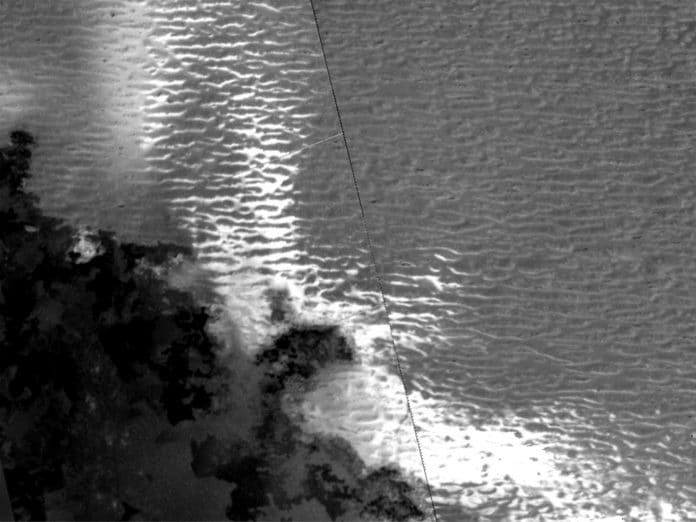Jupiter’s moon Io is the most volcanically active body in the solar system. It is known to be most rapidly resurfaced. However, how the Jupiter’s innermost moon has meandering ridges as grand as dunes puzzled scientists.
A new study by Rutgers University offered a new explanation of how dunes can form even on a surface as icy and roiling as Io’s.
For this study, scientists studied the physical processes that control the grain motion coupled with an analysis of images from the 14-year mission of NASA’s Galileo spacecraft. The mission data allowed scientists to create the first detailed maps of Jupiter’s moons.
The study suggests that the Io could be a new dune world. Scientists also proposed and quantitatively tested a mechanism that moves the sand grains and hence leads to the formation of dunes.
Dunes are considered hills or ridges of sand piled up by the wind. Previous studies of Io describing the surface of Io suggests that the ridges could not be dunes since the forces from winds on Io are weak due to the moon’s low-density atmosphere.
This new study tells that the environments in which dunes are found are considerably more varied than the classical, endless desert landscapes on parts of Earth or the fictional planet Arrakis in ‘Dune.’
NASA’s Galileo mission became notable for discoveries during its journey to Jupiter from 1989 – to 2003. The spacecraft has collected so much data during the mission that scientists are still studying it. One of the significant insights gleaned from the data was the great extent of volcanic activity on Io – so much so that its volcanoes repeatedly and rapidly resurface the little world.
First author George McDonald, a postdoctoral researcher in Rutgers’ Earth and Planetary Sciences Department, said, “Io’s surface is a mix of black solidified lava flows and sand, flowing “effusive” lava streams, and “snows” of sulfur dioxide. We used mathematical equations to simulate the forces on a single grain of basalt or frost and calculate its path. When lava flows into sulfur dioxide beneath the moon’s surface, its venting is “dense and fast-moving enough to move grains on Io and possibly enable the formation of large-scale features like dunes.”
After devising a process for the dunes to form, the scientists turned to photographs of Io’s surface obtained by the Galileo spacecraft for more proof. The crest spacing and height-to-width ratios were in line with trends documented on Earth and other planets.
Lujendra Ojha, a co-author and an assistant professor in the Department of Earth and Planetary Science, said, “Work like this allows us to understand how the cosmos works. In the end, in planetary science, that is what we are trying to do.”
Journal Reference:
- McDonald, G.D., Méndez Harper, J., Ojha, L. et al. Aeolian sediment transport on Io from lava–frost interactions. Nat Commun 13, 2076 (2022). DOI: 10.1038/s41467-022-29682-x
